The post How to Make a DIY Lightbox for Product Photography appeared first on Digital Photography School. It was authored by Simon Bond.

There is a lot of photography that you can do indoors, and product photography is one such example of this. If you’re keen to try this out yourself in order to get the best results, making a DIY lightbox will elevate the quality of your photography. Creating a lightbox is simple, and you only need some basic supplies to do it. In this article, you’ll find out about two possible methods.

What is a lightbox?
A lightbox is a box you place your product in, and fill it with light to photograph that product. A lightbox aims to avoid shadows when you photograph your main subject. If you light the scene from all directions, you’ll not see shadows.
How do you achieve this?
You’ll need light coming into your DIY lightbox to your subject from all directions. You can achieve this by bouncing light around the box, and also from light sources shining through and into the box. In the majority of cases, light sources shine into the box from the outside. However, you’ll also see a box that uses reflected light to achieve the same result.
The light source
The light source you use will depend on what you have available. It’s possible to use strong spotlights to create the light for your DIY lightbox.
Using strobes triggered remotely is a better option, however, these emit a strong burst of light that will light up everything in your lightbox. When using a strobe, it’s even more important to soften the light by bouncing it.

The shoot-thru DIY lightbox
This is the classic form for a lightbox. In this method, you’ll be creating windows in a cardboard box and then covering those with paper. In effect, you’re creating softbox-like panels around the outside of your box.
Equipment you’ll need
- Cardboard box – A decent size cardboard box. One that has sides larger than an A4 piece of paper is ideal.
- Three pieces of white paper – These need to be large enough to cover one side of the cardboard box.
- One larger piece of paper – This is needed once the box is complete. It’s attached within the box to create an infinity curve.
- Scissors – Needed to cut holes in the side of your box.
- Tape – You’ll need some tape to stick everything together!

How to make the box
- Turn the box on it’s side, and cut off the top flaps.
- Cut out “windows” on the left, right and top of the box. Leave the back of the box alone.
- Use the paper to cover over the holes you have created, and tape the paper to the box.
- Now tape the larger piece of paper to the back of the box, and allow it to curve down to the floor of the box.
- Your lightbox is now ready to use, just use your light sources to shine through the paper panels on the side of the box.

Making a reflector DIY lightbox
This is an alternative and is arguably even easier to make. The results are similar, but you’ll need to make a larger box. The increased size can be an advantage as it will allow you to photograph those larger objects.
Equipment needed
- Foamboard – You’ll need four of these. Three for the sides, and one for the roof. The size used in this example is 90cm by 60cm.
- Tape – Use the tape to stick the boards together. This should be the wider variety of tape, used to tape boxes together.
- Scissors – to cut the tape as needed
- A sheet of paper – A long sheet of paper to form the backdrop behind the object you’ll photograph. This paper will usually be white. The paper should be comparable in size to the foamboards.

How to make the box
- Line up three of the foamboards. They should be placed together with the shortest side facing each other.
- Leave a gap between each board, this should be between half and one centimeter.
- Use the tape to stick the boxes together. The gap will now allow you to fold the boards in on each other.
- Flip the boards over, and put the tape on the other side. This will reinforce the whole structure.
- Now, take the three boards and stand them up in a horseshoe-like shape.
- Tape the sheet of white paper to the backboard, and run it down to the ground. Ensure there is a curve where it meets the ground.
- Place the final foamboard over this structure, it will act as the roof.
- Your lightbox is now ready. Place your light sources within the structure, so light bounces around the box.

How to use your new DIY Lightbox
Now that your lightbox is ready, you’ll want to put it to good use. When photographing with it, ensure that your main subject is not too large. There should be a few centimeters clearance around your object, so when you focus on it, the background is your backdrop.
Good objects to photograph are still-life objects like ceramics, or perhaps a homemade quilting product! Lightboxes can also be ideal for food, though you’ll likely need to replace the backdrop paper afterward.

The backdrop paper
The default color for your backdrop paper is going to be white. White looks clean, and you’ll also be able to post-process your image more easily, potentially cutting it out and putting it in a new image.
The next best backdrop to use is black. The neutrality of black can work well for a minimalist feel. Then beyond that, you can experiment with any color you feel compliments the product you happen to be photographing.

Get started with your still-life photography!
A still-life project is a perfect thing to do when you’re stuck indoors; however, getting the materials may require a trip to the shops for most.
Have you tried your hand at making photography equipment before? If so, what have you made, and how did it benefit your photography? Did you ever try making a DIY lightbox of your own? If you’ve got examples of photographs taken with a lightbox, we’d love to see them! As always, leave your thoughts and photos in the comments section below.
The post How to Make a DIY Lightbox for Product Photography appeared first on Digital Photography School. It was authored by Simon Bond.






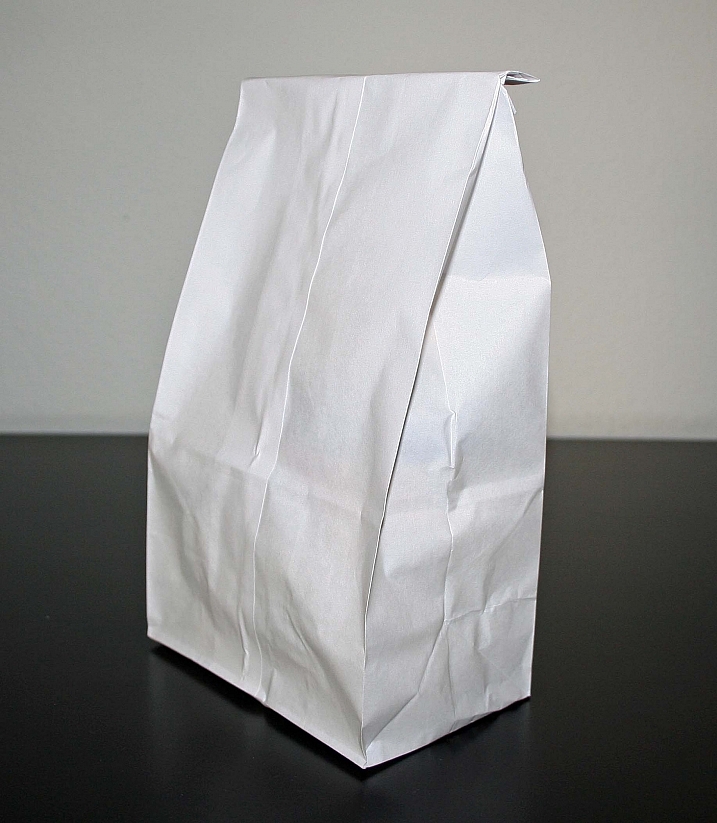
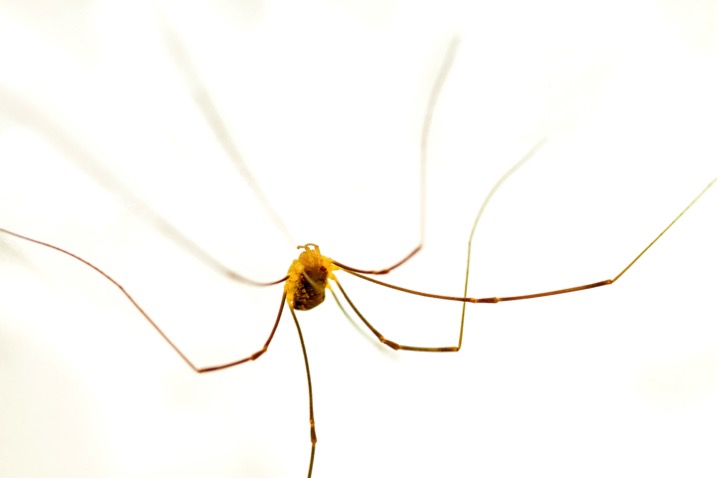
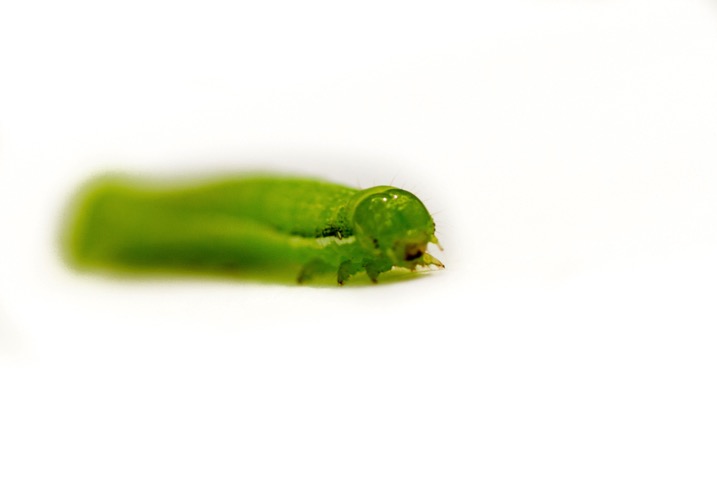
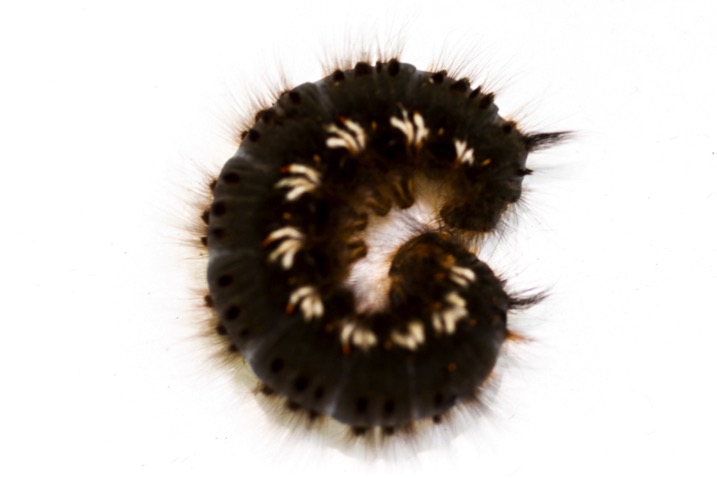
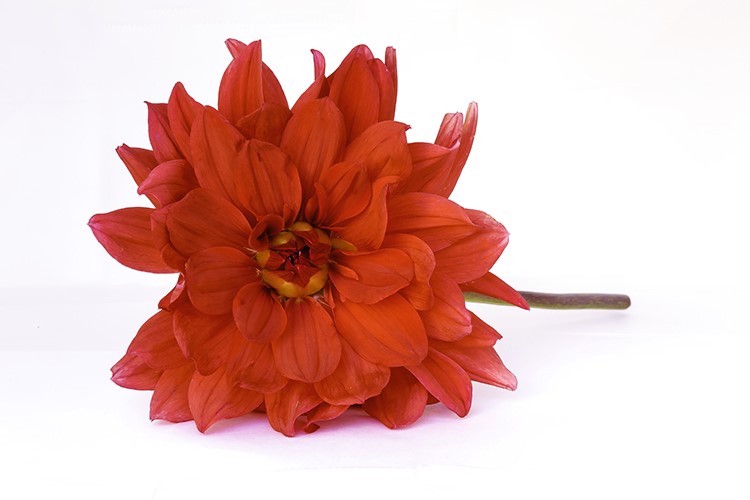
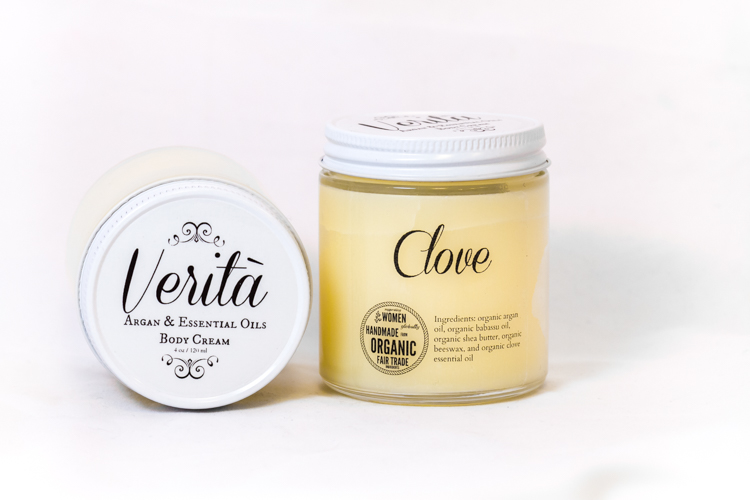
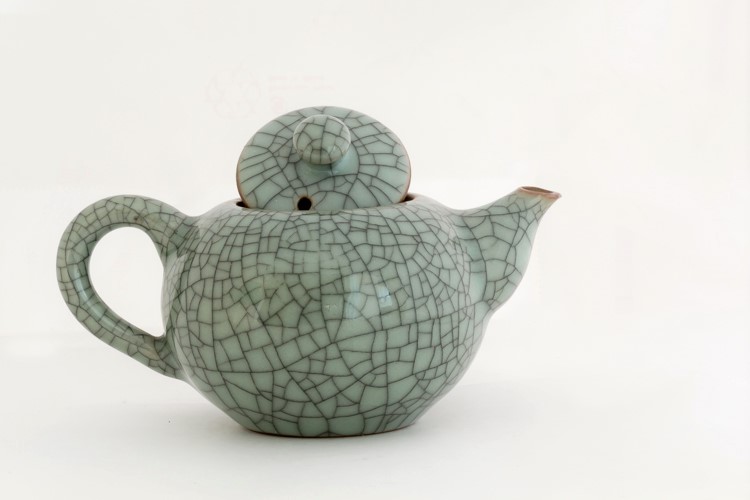
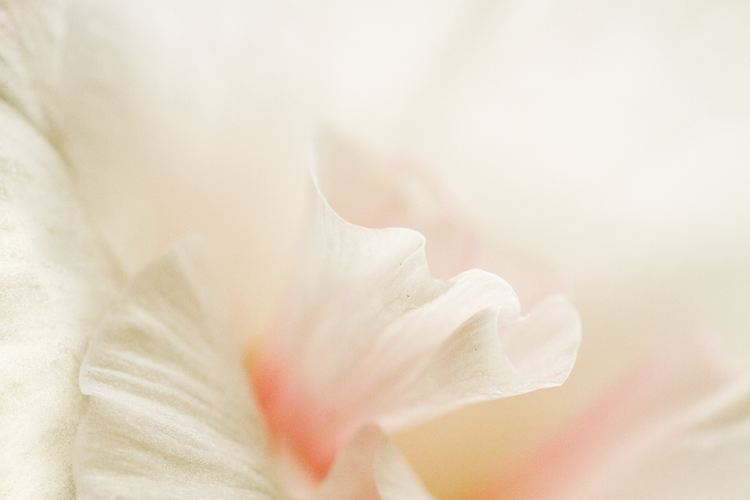

You must be logged in to post a comment.